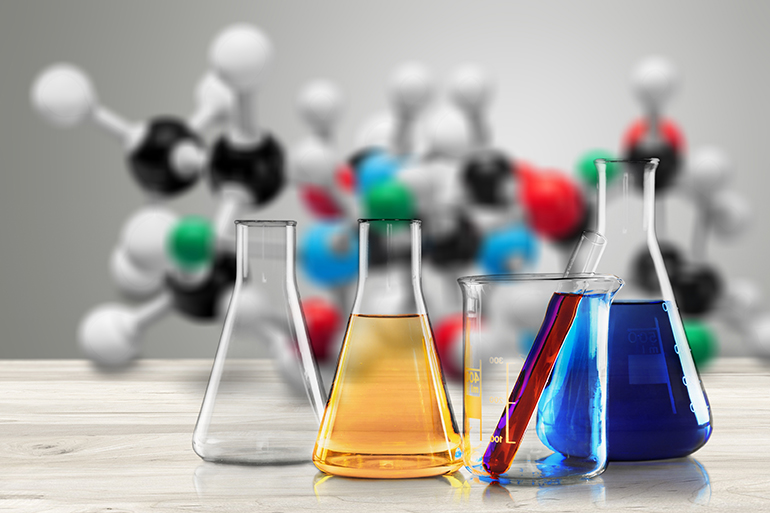By Josh Cosford, Contributing Editor
Although a hydraulic machine could run off highly crude forms of hydrocarbons, without a complement of additives, the performance and longevity of your hydraulic machine would suffer. Welcome to Part Seven of the Hydraulic Oil Analysis series, where we dig deep into the various additives that are always or usually used to keep your hydraulic machines performing at their best.
Through various techniques such as spectroscopy and elemental analysis, labs can check the condition and/or quantity of the hydraulic oil additives. Most of the benefits hydraulic oil provides are because of the additional chemicals added during manufacture. Although basic mineral oil makes a great lubricant, we shouldn’t forsake other fluids not using an oil base — water-glycol and high water-based fluids need these additives and more to perform well.

With the above in mind, be on the lookout for zinc, which provides a protective layer on metal surfaces to help reduce physical wear from metal-on-metal. Zinc is especially important when high-pressure parts are forced together while rotating or sliding, such as piston slippers on the wear plate or vanes on the cam ring. In a similar vein, the various compounds of molybdenum help reduce the friction where it’s needed, increasing hydraulic efficiency.
Rust and oxidation inhibitors are more than just a step to prevent water from doing its nasty deed on your metal internals. Oxidation leads to rust, and oxidation may come from many sources. Phenolic and aminic additives help prevent the formation of acids, sludge and varnish, each of which degrade the performance of the oil while possibly damaging system components.
If you’re not taking advantage of an oil analysis program and fail to realize your antioxidants are depleted, you will have to rely on detergents to help neutralize acid and wash away deposits. You’ll see chemicals represented in your test report such as calcium sulfonate, which your lab can advise is low or absent. Also, to help keep compounds suspended so they can be washed away, dispersants like succinimide should be present in your test.
Of course, we need to be careful with emulsifying additives, which, when too concentrated, could result in excessive water retention in your hydraulic oil. Demulsifiers such as polyalkylene glycols or silicone-based versions must be well-balanced to prevent free water without excessive retention of moisture.
You’d be surprised at how poorly mineral base stock performs when the temperature varies outside of its ideal range. Depending on the base stock, manufacturers will add chemicals such as polymethacrylates or olefin copolymers to increase the viscosity index of the oil. Although synthetic base stock gets a head start with VI, you won’t see any oils over 140 VI achieving the task without additives. For machines used in all-weather conditions and extremes, be sure to confirm which VI-improvers are present should the VI test come back lower than expected and you need to replenish them.
When oil foams easily, the chance of cavitation and the related damage are accelerated. Polydimethylsiloxane (don’t worry, it’s not on the quiz) or olefin copolymer helps prevent the bubbles from sustaining past simple aeration, thereby preventing one of the most catastrophic causes of damage to hydraulic pumps. Labs can test for foaming characteristics, but just as with VI-improvers, knowing what additives you have or need will help you decide how to proceed should foaming become an issue.
Finally, for fluids offering the potential for microbial growth, various additives such as isothiazolinones (definitely on the quiz) or formaldehyde-releasing chemicals will prevent bacteria and fungi from degrading your oil, clogging filters, or just plain smelling funky. Not all fluids come with biocides, but can also be added when you’re working with high-water based fluids or bio oils.
I need to be clear that not every fluid has every additive, and not every sample needs every additive tested for every time. Some standard lab tests imply additive health when results are positive, such as the Viscosity Index. However, when things go wrong, you want to know what can be changed or added to reinvigorate old oil.
Filed Under: Components Oil Coolers, Engineering Basics, Featured, Fluid Conditioning, Fluids, Sealing & Contamination Control Tips, Technologies